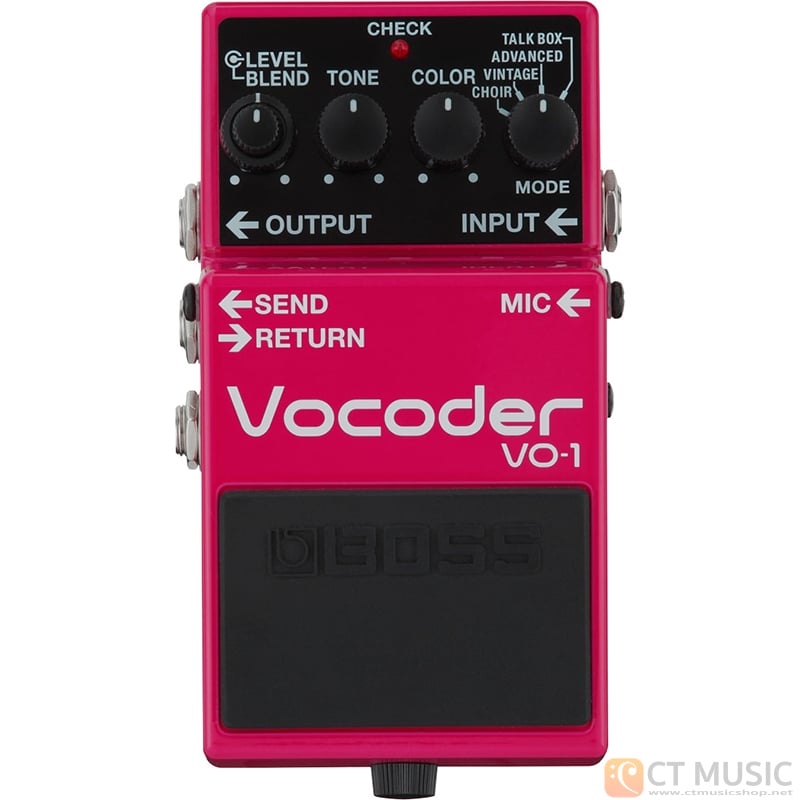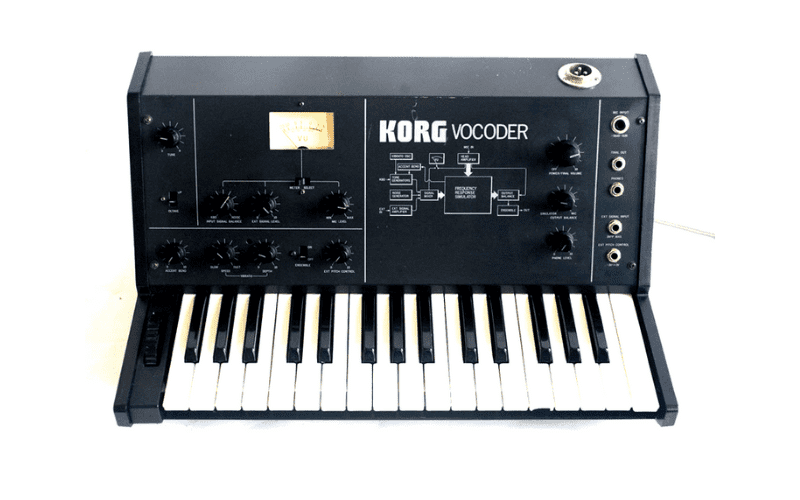

The result is recognizable speech, although somewhat "mechanical" sounding. During playback these settings are sent back into the filters and then added together, modified with the knowledge that speech typically varies between these frequencies in a fairly linear way. The various values of these filters are stored not as the raw numbers, which are all based on the original fundamental frequency, but as a series of modifications to that fundamental needed to modify it into the signal seen in that filter. In order to address this, most analog vocoder systems use a number of channels, all tuned to different frequencies (using band-pass filters).

To recreate speech, the vocoder simply reverses the process, creating the fundamental frequency in an oscillator, then passing it through a stage that filters the frequency content based on the originally recorded series of numbers. In doing so, the vocoder dramatically reduces the amount of information needed to store speech, from a complete recording to a series of numbers.


This results in a series of numbers representing these modified frequencies at any particular time as the user speaks. The vocoder examines speech by finding this basic carrier wave, which is at the fundamental frequency, and measuring how its spectral characteristics are changed over time by recording someone speaking. There are another set of sounds, known as the unvoiced and plosive sounds, which are not modified by the mouth in the same fashion. This basic sound is then filtered by the nose and throat (a complicated resonant piping system) to produce differences in harmonic content ( formants) in a controlled way, creating the wide variety of sounds used in speech. The human voice consists of sounds generated by the opening and closing of the glottis by the vocal cords, which produces a periodic waveform with many harmonics.


 0 kommentar(er)
0 kommentar(er)
